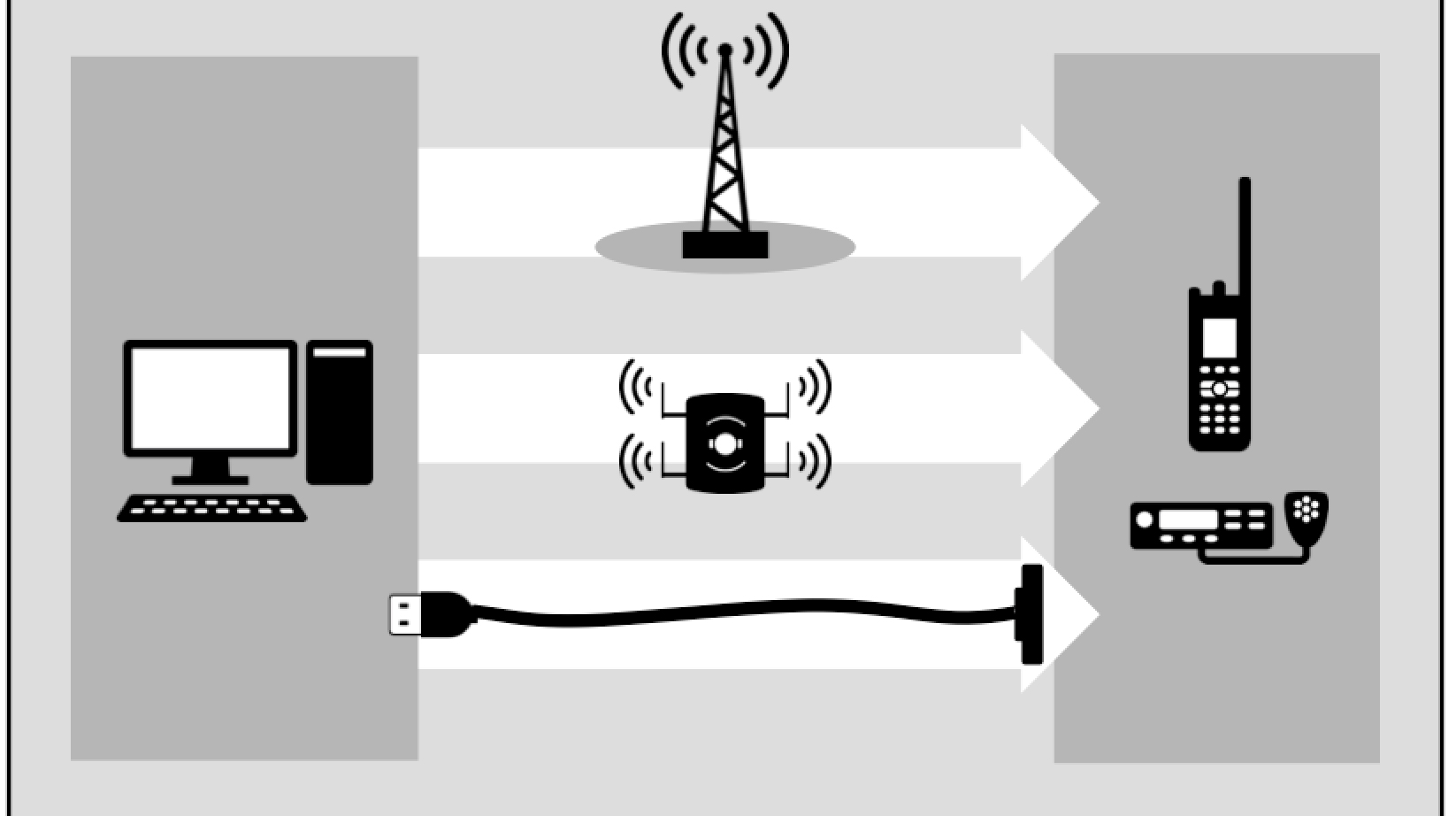October is Cybersecurity Awareness Month, which means it’s the perfect time to consider how much you’re investing in robust measures to protect your organization and what cybersecurity projects you should implement. This beginner-friendly guide will walk you through the essential steps to successfully manage a new cybersecurity initiative.
Understand the Scope and Objectives
The first step in your cybersecurity project planning is to clearly define its scope and objectives. Your security professionals should determine what you are trying to protect to prioritize them. This could include sensitive information like personnel records, government data or metadata, customer information, mission-critical systems and infrastructure.
Rather than creating a simple cyber checklist, creating a framework you can implement in multiple situations is more effective. The following organizations have frameworks you can work from as you establish project ideas (and some may be required depending on your organization):
- National Institute of Standards and Technology (NIST)
- Information Systems Audit and Control Association (ISACA)
- International Organization for Standardization (ISO)
- Center for Internet Security (CIS)
- Cloud Security Alliance
It is important to note that while these frameworks provide a great baseline for your cyber plan, they are not “one size fits all” and should be adjusted to fit your organization’s needs.
Assemble Your Team
As you create your cyber plan, you should identify the key stakeholders and ensure they are included from the beginning so they can keep the team accountable and provide the necessary budget and resources. You will also want to identify who the experts are across various departments and collaborate with them to determine what the organization’s cybersecurity needs are. This cross-functional team should consist of a range of members, including IT professionals, data analysts and legal advisors.
Look outside your company for industry peers you can rely on for recommendations and networking. Cyber threats impact everyone, and your peers may have advice they can share with you so you don’t have to learn them the hard way. Many industry groups, including InfraGard and the Public Safety Threat Alliance, offer opportunities to interact with peers. It can also be beneficial to bring in cybersecurity professionals to help you create a plan tailored to your organization.
Model Threats, Assess Risks and Vulnerabilities
Before you can protect against threats, you must determine the biggest risks to your industry and organization. It is important to understand your system requirements and the current environment, especially if you’re dealing with mission-critical systems. Your cyber team should conduct threat modeling to understand the threat landscape and perform a thorough risk assessment to identify system and process vulnerabilities. Risk assessments provide many benefits, including:
- Providing an organized way to identify, assess and manage risks
- Detecting gaps in compliance and prioritizing these gaps
- Asset detection and inventory
- Providing operationally-focused reporting
Understanding where your organization sits in regard to current threats will allow you to present your plan more effectively and get buy-in from key leaders. This will also help you prioritize your cyber efforts and allocate available resources effectively.
Develop a Strategy and Determine Your Budget
The results from your risk assessment will allow you to create a cybersecurity strategy specific to your organization. This strategy should include preventative measures, threat detection capabilities, incident response plans, employee training and be aligned to your business goals. Your plan should include multiple layers of security and be adaptable depending on the threat. Ensure that your cyber plan meets any compliance requirements relevant to your industry and organization, too.
Cybersecurity projects can be resource-intensive, and it’s often hard to show the ROI. This is where buy-in from your key leaders is crucial, as they can provide the budget. Work with your finance team to determine a budget that will align with your strategy and business goals. Then, present the findings of your risk assessment and other industry threats to your key leaders to prove the importance of being prepared for these threats. Based on working with our clients, we’ve found that properly aligning business goals with regulatory requirements and the threat landscape is a critical balance to ensure leadership buy-in. The average total cost of a data breach is around $4.45 million, so while it may seem resource-intensive, you can’t afford to ignore the importance of a cyber plan.
Implement, Train and Adapt
Once you have created your strategy, ensuring you have the necessary security measures is important. Configure firewalls, implement access controls and make sure you are regularly updating your system to apply all necessary patches.
You’ll also want to make sure that your team is trained on the plan and information security measures. Security is everyone’s responsibility, and a well-informed team is your first line of defense when an attack happens. Create general and role-based cybersecurity training so that every employee of the organization is aware of what they can do to keep systems safe.
Cybersecurity is an ever-changing world, and your plan must be able to adapt accordingly. By implementing continuous monitoring, you can detect and respond to threats in real time and adapt to them as they evolve. Consider investing in a Managed Detection and Response (MDR) provider with a security management platform as part of your budget plans.
Security teams should update their plans and stay on top of system updates to ensure they are ready for the current threats. Once you have created a plan that is right for your organization, it is important to test your plan. There are services available that can help determine if your plan is effective, including penetration testing, security audits and cyber exercises.
Summary
Managing a cybersecurity project can be daunting, but with careful planning and the right team, you can enhance your organization’s security posture. Remember that cybersecurity is an ongoing process, and staying vigilant is key to protecting your digital assets. By following these steps, you’ll be well on your way to managing a successful cybersecurity initiative within your organization.




